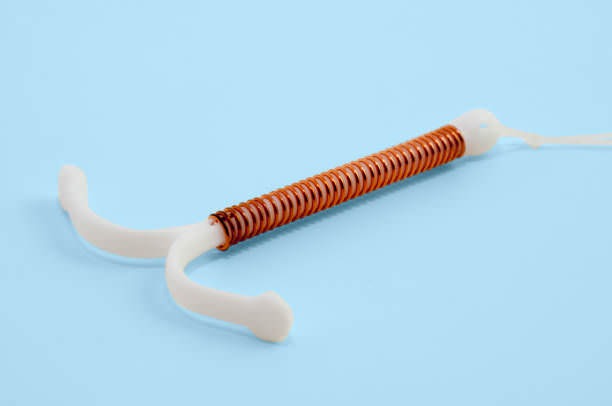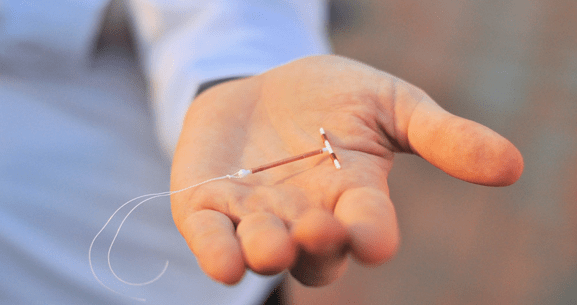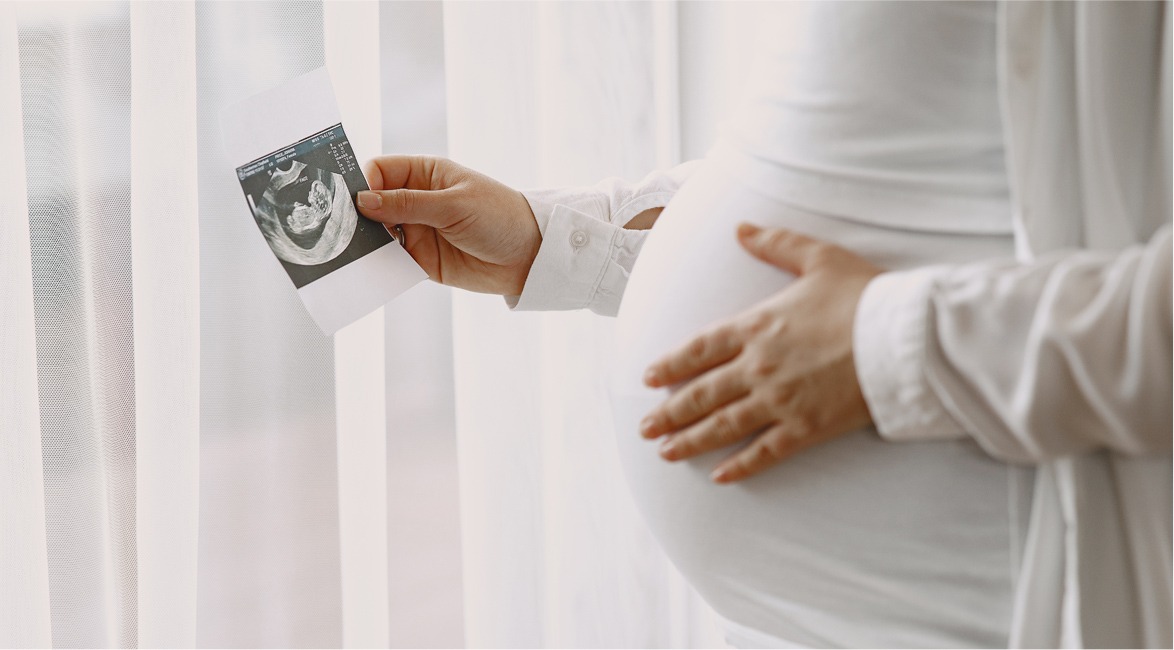- Home
- Birth control

Birth control
What if you don’t want to get pregnant? Then we recommend that you come up with a form of contraception that you feel good about!
That is why it is important to research which form of contraception suits you best. Together with Eva and Marieke you can go through the various contraceptive methods, but your and any partners’ wishes are also important, your expectations and any medical complications.
Afterwards you can make an informed decision.
During the pregnancy, but especially during the last postnatal check-up at your home and the follow-up check-up at our practice, the subject of contraception will be discussed by us.
Women who are not or have not been pregnant are also very welcome for a consultation on this subject.

Place spiral
An IUD is a very reliable form of contraception that can be combined well with breastfeeding. There are two types of spirals:
- The hormone-free copper IUD
- The hormone spiral
Hormone free
As the name suggests, the hormone-free IUD contains no hormones, but is made of copper. The effect of the copper makes the sperm cells inactive, so that they are no longer able to fertilize an egg cell. In addition, the copper coil ensures that the uterine lining becomes less suitable for a fertilized egg cell to settle in. In a very rare case that an egg has been fertilized.
The benefits of the hormone-free IUD:
- very trustworthy
- 10 years of protection against pregnancy
- The natural menstrual cycle is preserved
The disadvantages of the hormone-free IUD:
- your period lasts longer than usual and can be more painful than without an IUD
- IUD insertion and removal is done by an obstetrician or doctor

The t-safe IUD is an example of a hormone-free IUD.
Hormone IUD The IUD only contains progestogen which enters your bloodstream. The amount of progestogen in the IUD is quite limited, so you continue to ovulate. However, this does not lead to a pregnancy because of the effect that the hormones from the IUD have on the uterus.
The advantages of the hormone-containing IUD:
- very trustworthy
- protects against pregnancy for 6 years
- constant very low hormone dose
- your menstrual cycle may change or may even stop altogether
The disadvantages of the hormone-free IUD:
- unpredictable bleeding
- IUD insertion and removal is done by an obstetrician or doctor
When can I have a spiral fitted?
Eva and Marieke can insert an IUD from 13-14 weeks after giving birth. If you have never given birth, we prefer to insert the coil within 7 days after the first day of your period. For us it is no problem at all to do the insertion if you are losing blood, it makes the insertion even easier and less painful.
Post-check
- After installation, an appointment will be made for a follow-up check. You are welcome at the practice for this. In this way we can check by ultrasound whether the IUD is correctly positioned in the uterus.
Delete Spiral
- If you want to have your IUD removed, you can also contact Eva and Marieke. This is a very simple and pain-free procedure. You are immediately fertile again after removing the IUD.
Rates
The costs of fitting an IUD are reimbursed by your health insurer.
You often have to pay the costs of the IUD yourself first and are often reimbursed if you have additional insurance.
| IUD placement | € 68.66 (usually full coverage via health insurer) | |
| Remove IUD | € 68.66 (usually full coverage via health insurer) | |
| T-Safe | € 78,- | |
| Mirena | € 153,- | |
| Echo after spiral placement | € 35 |







